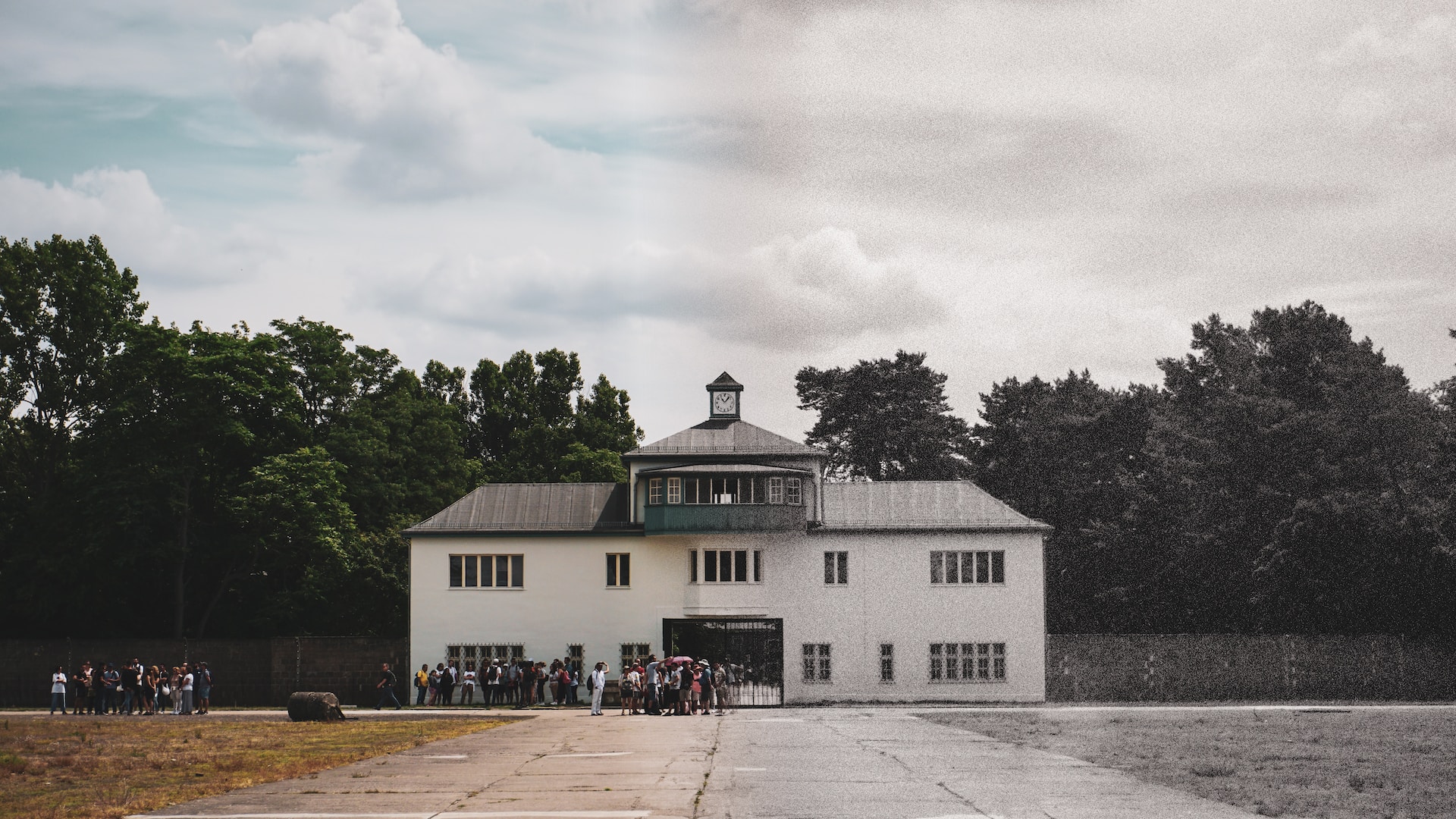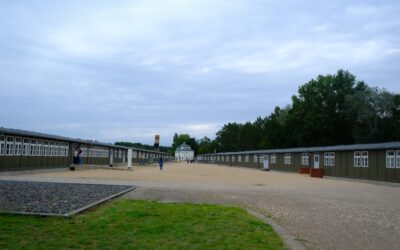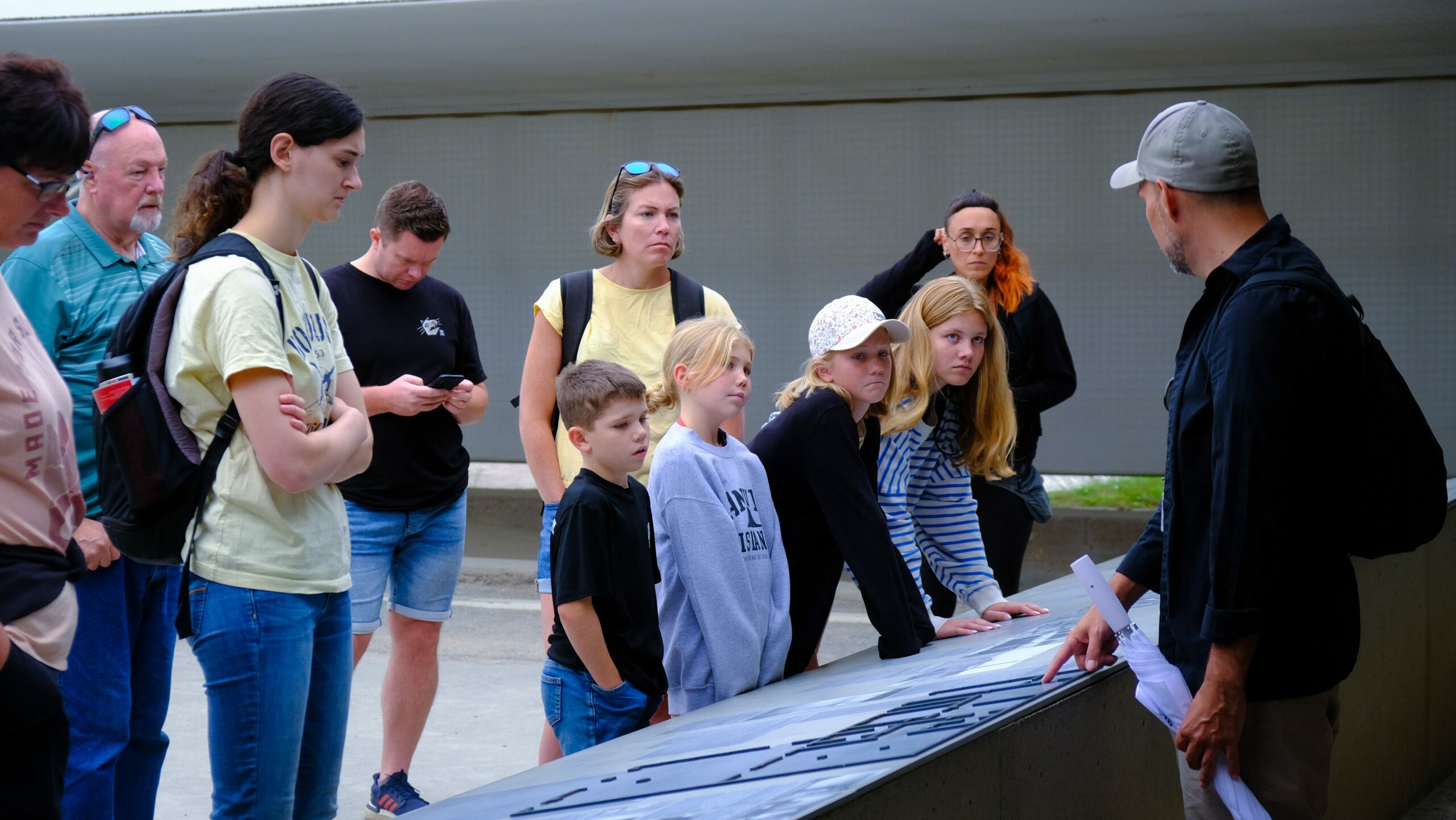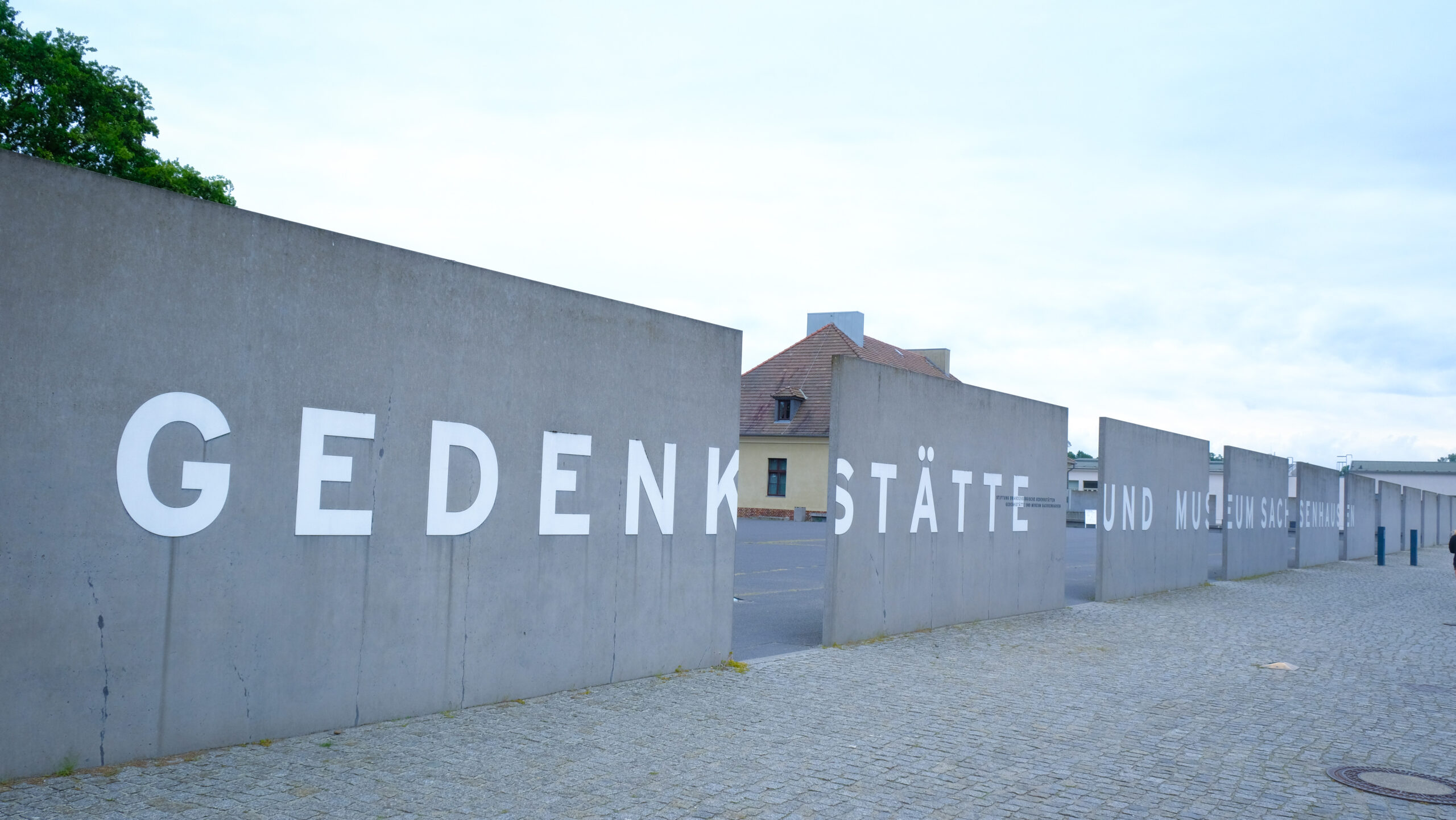What are the concentration camps which are near Berlin?
It is a city which has a history and many horrors that the people of Berlin are still suffering from up to this present day. Besides, during the Second World War, Berlin was the capital of Nazi Germany and accommodated some of the most tangible concentration camps inaugurated ever. Today some of them are still present and can be toured by lovers of history who would like to know more concerning the incidence that taken place during this evil period. It is for this reason that in this blog post, we shall look at concentration camps in Germany, especially around Berlin and the history of these concentration camps.
What Are Concentration Camps?
Concentration camps were understood as a type of prison camps which were developed by the Nazi during the World War II. They were employed to hold detainees whom the Nazis regarded as substandard the human stock, such as Jews, gypsies and other minorities. It was meant to erase the identity of the prisoners and denied them their basic human rights while they sweated, starved and were experimented on. More than 11 million people died in the Nazi concentration camps in second World War and the survivors were left lifelong cripple’s both mentally and physically.
Some of the Concentration Camps Near Berlin Include
There are many concentration camps which are located near Berlin and now are in part open to the public so that people could learn about the atrocities of the Nazi. Here are some of the most notable camps near Berlin:
This article focuses on the Sachsenhausen Concentration Camp.
Concentration camp Sachsenhausen was constructed in Oranienburg town in 1933, which is 32 kilometres north of Berlin. At first, it detained people considered enemies of the Nazi regime, then it became a death camp primarily for Jews and Gypsies and other minorities. The camp was active until 1945 it is believed that more than 30000 prisoners died in the camp. Today we have a Sachsenhausen concentration camp Memorial, which allows people to visit and familiarize themselves with the history of the camp.
Women concentration camp, Ravensbrück
Ravensbrück was a concentration camp built in the former fishing village forty-five miles northeast of Berlin. It was constructed in 1939 for females only with many of these females being used for experiments and forced labour. Two researchers estimate that over 130000 women used the camp over the camp’s duration of six years and approximately 90000 lost their lives during this period. Ravensbrück is now more like a shrine and tourists can move around the compound while they are being enlightened about it.
Flossenbürg Concentration Camp.
Flossenbürg was a concentration camp that was situated in Flossenbürg in the north of Bavaria, Germany about 40 miles south of Chemnitz and over 60 miles from Berlin. although it was erected in 1938, it was primarily used as an extermination center for Jews and Nazis political opponents and is believed to had gassed approximated 30000 inmates before it was liberated in 1945. It is important to note that today the camp serves as the museum and tourists are free to walk through its territory and obtain some knowledge about it.
Dachau Concentration Camp
They commence from Dachau that was built in 1933, which is twenty kilometer northwest of Munich that of Germany. It was at first employed to imprison political dissidents of the Nazi administration, then it was a main centre for the genocide of Jews and other untouchables. The camp operational till 1945 and estimated that more than 200000 prisoners lost their lives here. Today it has become an open space where the visitors can maybe even walk around and get to learn more about it.
Travelling to Concentration Camps in Berlin and its Neighbourhood
It is always traumatizing to visit a concentration camp, but these are grounds, mansinetered as such should be accorded the dignity of a shrine to one of mankind’s lowest points. If you intend to pay a visit to a concentration camp in or around Berlin it is very important to plan the trip and unless absolutely possible avoid having any preconceived notions regarding the camp. It is also significant to point out that these are concentration camp sites, so you must act and speak quietly not to interfere with people’s mourning.
Conclusion
Berlin is rife with some of the most famous concentration camps and exploring the concentration camp can be an eye opener for anyone who seeks to know more about this terrible part of history. Berlin had concentration camps and it is so easy for hatred and prejudices to make people cruel and kill those they dislike, there are people who died in the concentration camps and should be remembered when visiting the camps today.




